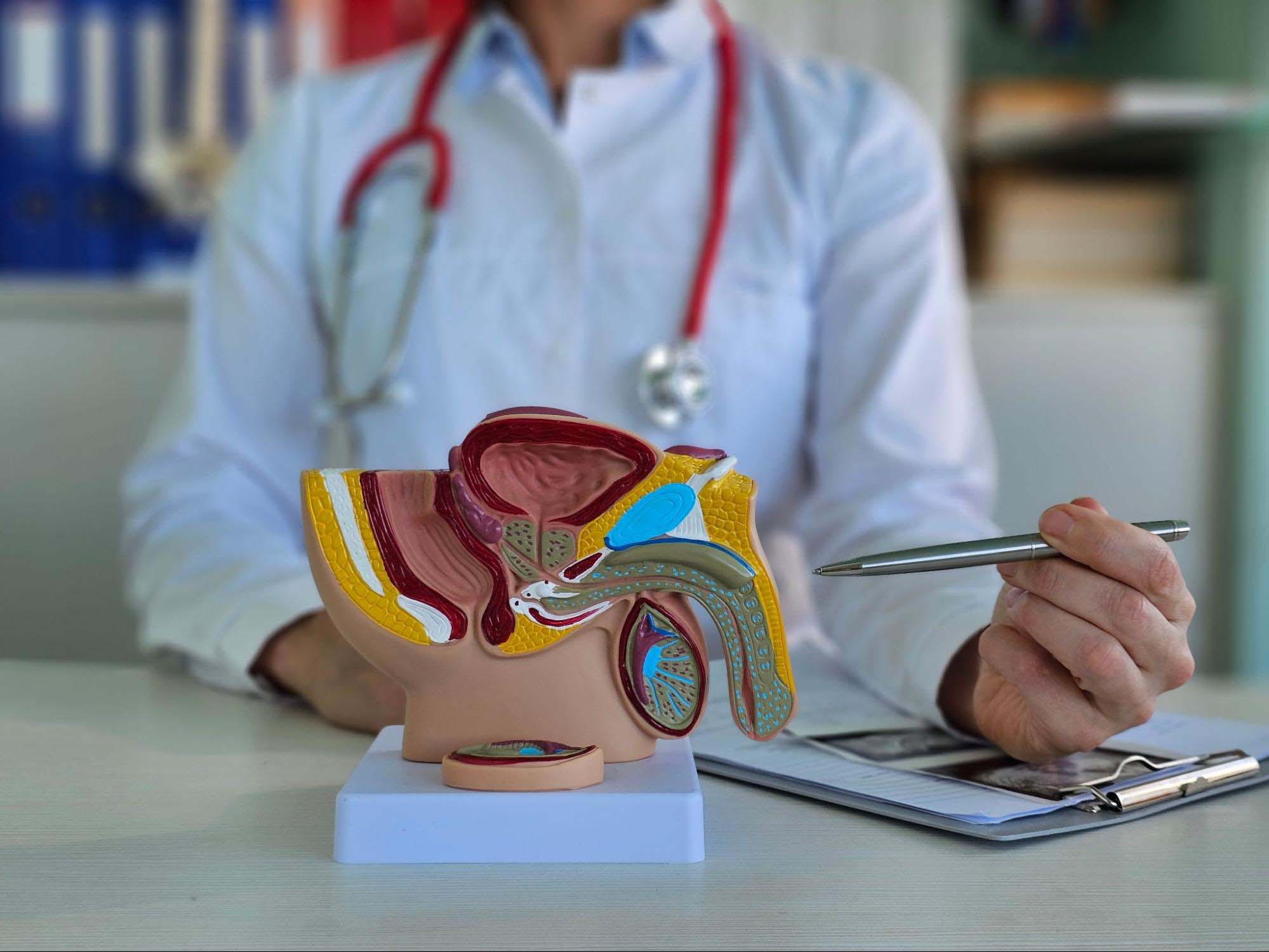
Germ cell tumours account for approximately 90–95% of testicular cancers and are further divided into two subtypes:
Stromal tumours arise from the supportive or hormone-producing tissues of the testicles, such as Leydig cells and Sertoli cells. These tumours are relatively uncommon and are usually benign, though malignant forms can occur.
These tumours originate in other parts of the body and spread (metastasise) to the testicles. Lymphomas are the most common secondary testicular cancer, particularly in older men. Other cancers, such as those of the prostate or lung, may also metastasise to the testicles.
While germ cell tumours are the primary focus in testicular cancer treatment, stromal and secondary tumours require different approaches.
Men with a close relative, such as a father or brother, who has had testicular cancer are at a higher risk.
Individuals with a testicle that did not descend into the scrotum during infancy are more likely to develop testicular cancer, even if corrected surgically.
Those who have had testicular cancer in one testicle have an increased risk of developing it in the other.
Most cases occur in men between the ages of 15 and 35, though it can affect men of any age.
Testicular cancer is more commonly observed in Caucasian men compared to other ethnic groups.
Men with HIV, particularly those with AIDS, may have an increased risk of developing testicular cancer.
Our specialists carefully assess the testicles for lumps, swelling, or any unusual changes that may indicate potential concerns.
We use high-resolution ultrasound to create detailed images of the testicles, which helps differentiate between benign and malignant conditions.